By Hazel Trice Edney
From – https://theatlantavoice.com/
Reprinted – by Texas Metro News
As hurricane season creeps up, analyzing how Florida programs have helped thousands of families get their homes fixed can offer insight into what effective action can look like across the nation as more than half of America’s Black population live in the South and are more likely to face climate change disasters.
Natural weather events are not new. But now, at the start of another hurricane season, it’s important to dive into the history of what that has meant to our communities and what can be done to uplift them. The severity and intensity of hurricanes have only increased as rapid intensification, a key process to turn cyclones into hurricanes, happened three times more often in 2020 than in 1980.

Hurricanes disproportionately affect low-income, Black communities and other communities of color. The most recent hurricane to hit Florida’s west coast was Hurricane Idalia, a Category 3 storm that caused $3.6 billion in damage, concentrated in the Big Bend region and also affected Southern Georgia.
More than half of America’s population of African-Americans live in the South and are more likely to feel the disastrous effects of climate change. Facing economic insecurity, low-income communities, though seasoned budgeters, typically feel the brunt of economic stress after climate events such as this.
One 2018 study from Rice University and the University of Pittsburgh analyzed the wealth discrepancies between Black and White survivors after natural hazards. The findings reemphasized how historical disenfranchisement affects us in the modern day.
After natural disasters, Black survivors’ wealth decreased by $27,000. White survivors’ wealth increased by $126,000.
But historical disparities are modern disparities. And a $153,000 difference is just the tip of the iceberg.
A report released by the EPA found that climate change is expected to exacerbate circumstances for socially and economically marginalized groups. Low-income residents who lived in a coastal zone, which represents much of Florida, were more likely to live in old and poor-quality homes, leading to much more damage when higher categories of hurricanes hit during the season and less money to rebuild or move.
Black, Latino, and low-income communities have historically been disenfranchised and pushed to live in locations that are being the hardest hit by climate change, either with excessive heat waves, continued threats of flooding, or in Florida’s case of the most vulnerable, hurricanes.
After the severity of the 2017 hurricane season, specifically Hurricane Irma which caused $50 billion in damage, Florida Commerce partnered with the U.S. Department of Housing and Urban Development to create the Rebuild Florida Housing Repair and Replacement Program (HRRP) aimed to help Florida homeowners repair, reconstruct, and even in some instances, replace homes damaged by the hurricane. Prioritizing low-income, elderly, and households with children under 18, HRRP is a fantastic display of what coordinated efforts to help disenfranchised communities hurt by natural disasters could look like.
One of their partners, IEM, founded by Madhu Beriwal, is the largest woman and minority owned company of its kind. Their team works to improve disaster preparedness, response, and recovery. With their help, Florida Commerce has been able to complete over 3,500 homes damaged by Hurricane Irma, and get over 8,000 residents back to their lives.
With predictions from multiple weather tracking outlets detailing that 2024 will be extremely active in the Atlantic, with 23 named storms and 5 major hurricanes, establishing protections to help the most vulnerable is a necessity.
Through increasing partnerships with organizations that have shown the work and dedication to helping those most disenfranchised, we can slowly, but surely, attempt to address the disparities that the hurricane season highlights every year. Programs like HRRP work to shorten that gap and ensure folks can sleep in a rebuilt home in a timely manner, regardless of economic status or location.
Addressing inequalities takes one step at a time, and we all need to walk together if we want to create a future where we all can thrive peacefully, without the threat of a natural disaster destroying all that we’ve ever known.


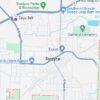
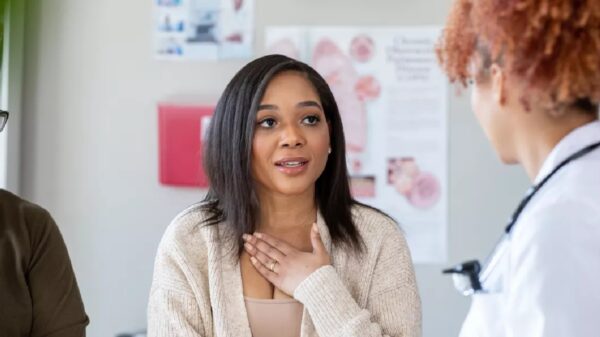

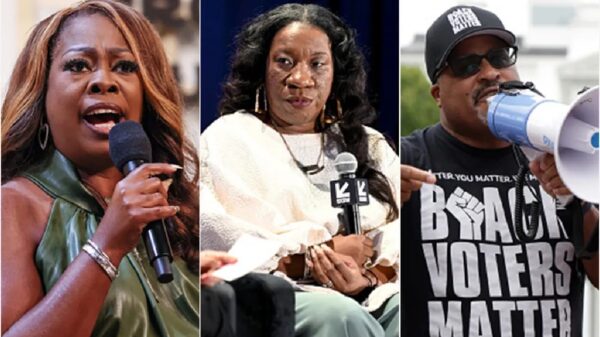

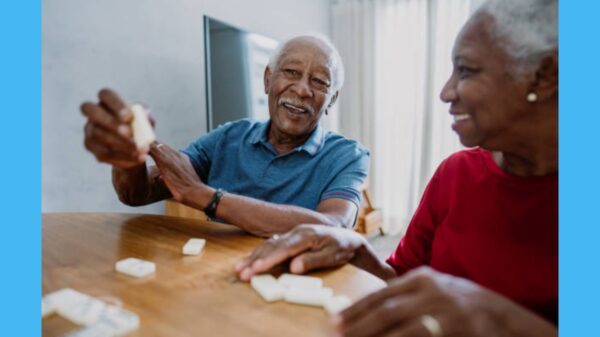
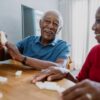
You must be logged in to post a comment Login